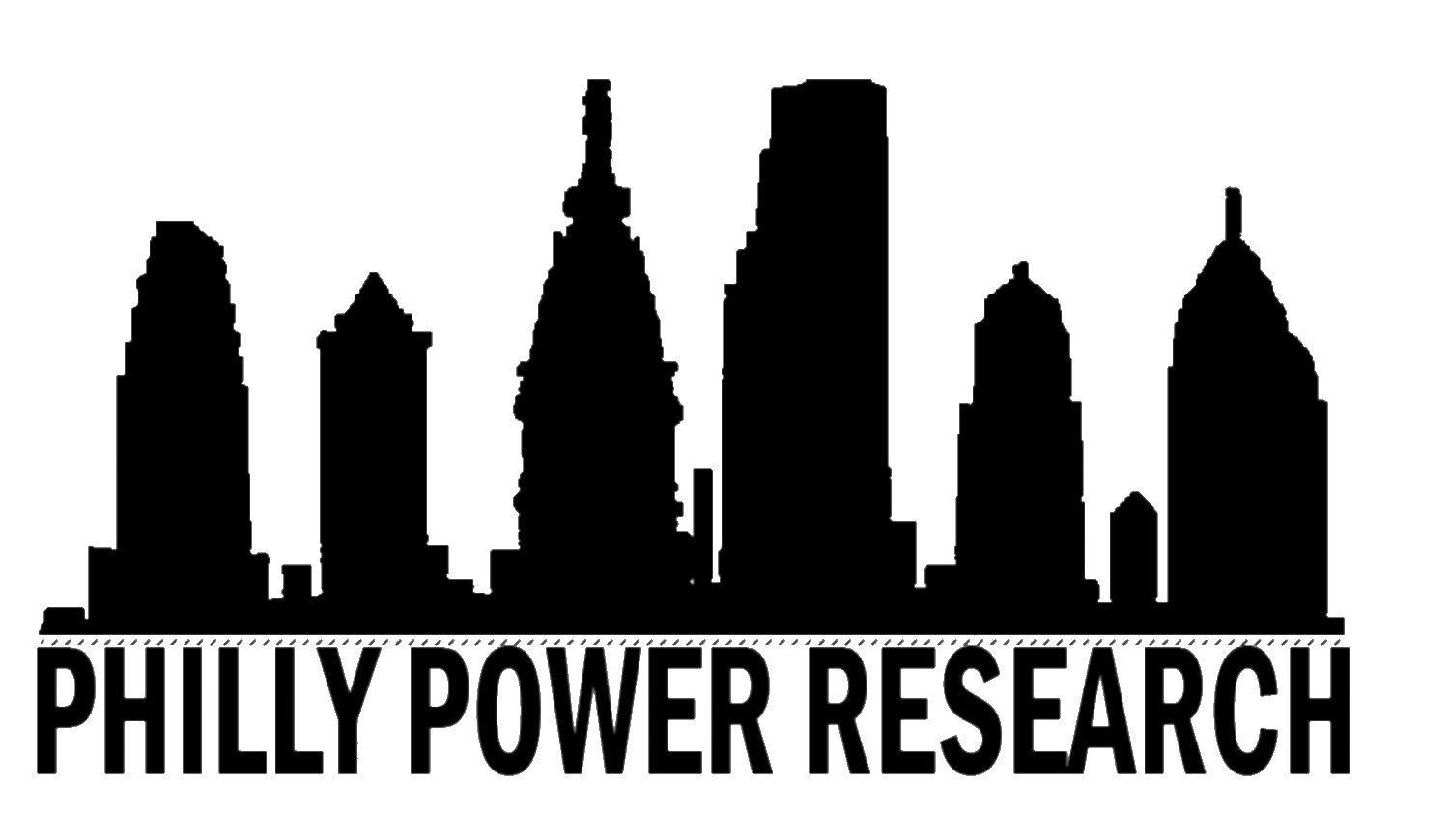Can Amazon Deliver? A Guide to HQ2 for Philly Residents
Image: Morgan Burke
Read our full report, "Can Amazon Deliver? A Guide to HQ2 for Philly Residents"
By now, we know that Philadelphia is on the Amazon HQ2 “shortlist,” making it one of twenty regions being considered for Amazon’s new headquarters location. Last fall, Amazon announced that it would accept proposals from cities hoping to land the mega-corporation’s second headquarters—which it has said will include up to 50,000 high-paying jobs and a $5 billion investment. Cities across North America scrambled to prove they could meet Amazon’s criteria, advertising their strengths—a skilled labor force, access to mass transit, major highways, an international airport —and offering large tax incentives. The HQ2 sweepstakes has shown cities are willing to go to extremes to lure Amazon into their backyards; Chicago promised to give $1.32 billion in income taxes collected from Amazon workers back to Amazon, Chula Vista offered $100 million worth of land for free, and Newark offered an astounding $7 billion in tax subsidies. Amazon received 238 proposals, which it whittled down to a shortlist of 20 contenders. The 20 contenders have submitted second round bids, which Amazon has mandated be covered by a non-disclosure agreement. Company representatives have been scouting the sites, but it is still not clear when they will announce their pick.
HQ2 has the potential to transform whichever city it ends up in and Philadelphians need to know what’s at stake. In this report, Philly Power Research takes a closer look at Philadelphia’s bid for Amazon and how HQ2 could impact Philadelphia’s current residents. We found:
The city has kept most details of its Amazon bid under wraps. The public version of its first round HQ2 bid is heavily redacted and its second round bid has not been released due to a reported non-disclosure agreement with Amazon. This opaqueness is consistent with the other localities that have made it onto the HQ2 shortlist. What we do know is that the city has offered three potential sites for HQ2: Schuylkill Yards, uCity Square, and the Navy Yard. Our investigation shows that some of the biggest current owners of the land offered to Amazon that stand to profit from the deal include Wexford Science and Technology, Drexel University, and Brandywine Realty Trust.
Like many regions competing for HQ2, Philadelphia is proposing massive tax subsidies for Amazon. So far, up to $3 billion in tax breaks have been proposed for the company. Chamber of Commerce for Greater Philadelphia President Rob Wonderling told the Inquirer that Pennsylvania officials planned to offer Amazon more than $1 billion in tax incentives for HQ2. Councilman David Oh also proposed legislation that would waive the city’s business net income tax for Amazon for ten years, allowing the company to avoid up to $2 billion in business income taxes. Any other tax breaks offered in the bid have been redacted from the public version.
Two groups led the process of shaping Philadelphia’s HQ2 bid: the Philadelphia Industrial Development Corporation (PIDC) and The Chamber of Commerce for Greater Philadelphia. PIDC and the Chamber are led by key city-wide power brokers including Drexel President John Fry and real estate developer Walter D’Alessio.
HQ2 could have significant negative impacts on current Philadelphia residents. This includes increasing housing insecurity, straining the city’s existing infrastructure (everything from schools and transit to trash-hauling and water and sewer services), and diverting taxpayer dollars from schools, transit, and housing to Amazon’s coffers. HQ2 could also lead to further entrenched economic stratification by creating many high-paying white collar jobs for Amazon engineers, economists, and data scientists, while offering poverty wages and subpar benefits to cafeteria workers, janitors, security officers, and other onsite HQ2 service workers, as well as Amazon warehouse workers across the state.
Even if HQ2 does not come to Philadelphia, Amazon still plays a significant role in Pennsylvania’s economy. The company is the 19th largest employer in the state (employing over 10,000 people), owns over 9 million square feet of warehouse space in the state, and has received at least $24.75 million in tax subsidies from Pennsylvania.
As Philadelphia residents consider what HQ2 could mean for our city, we hope the following document can serve as a primer on what we know and what we don’t about HQ2 in Philadelphia.

